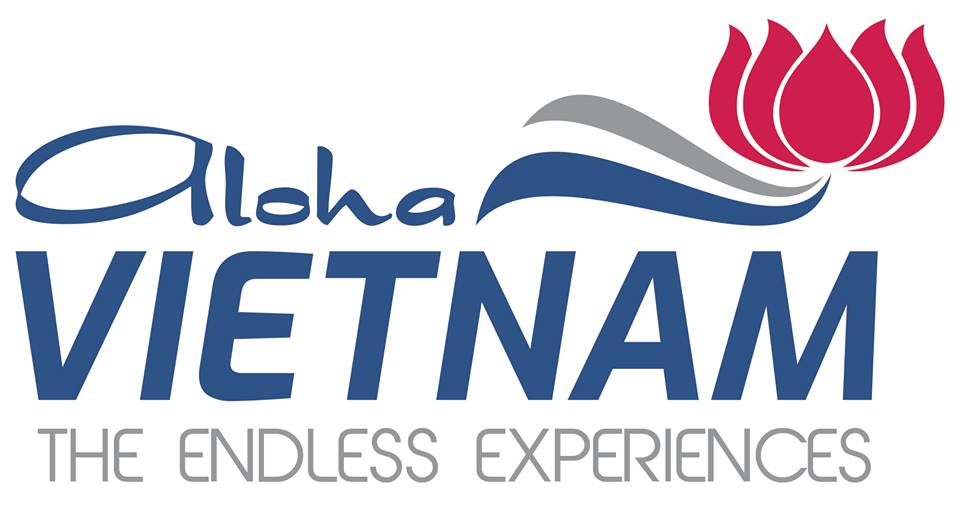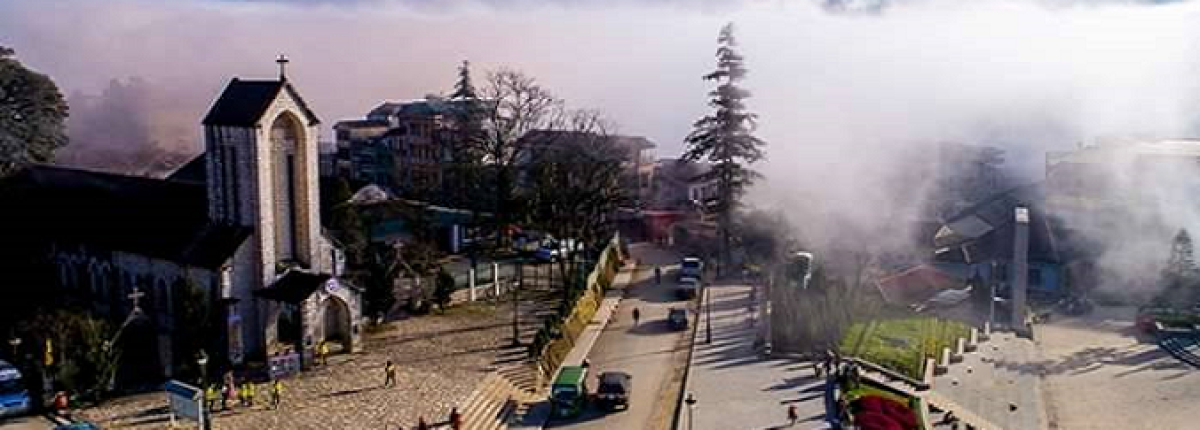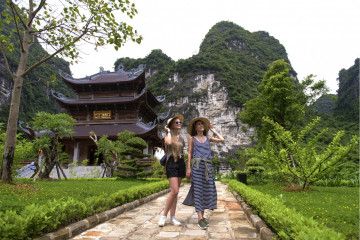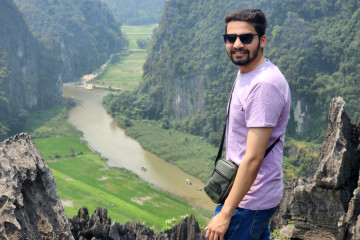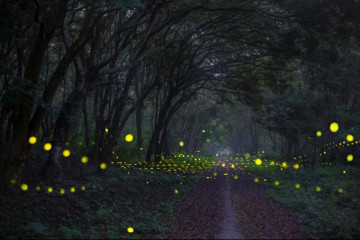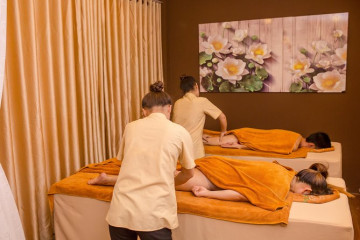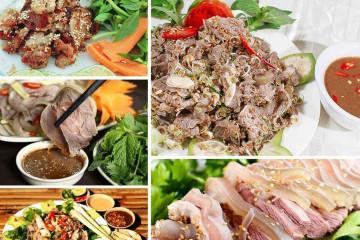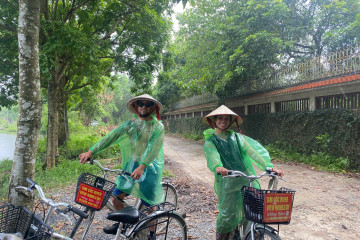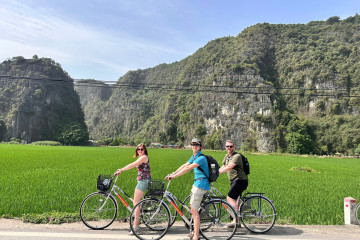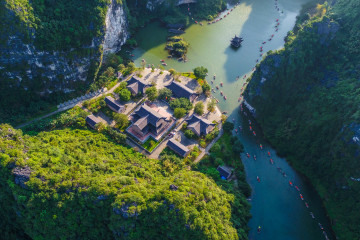Hanoi to Sapa Travel Guide: Best Time, Transport & Top Things to Do
Discover the ultimate guide to travelling from Hanoi to Sapa, including the best time, top attractions, things to do and key travel tips for transportation.
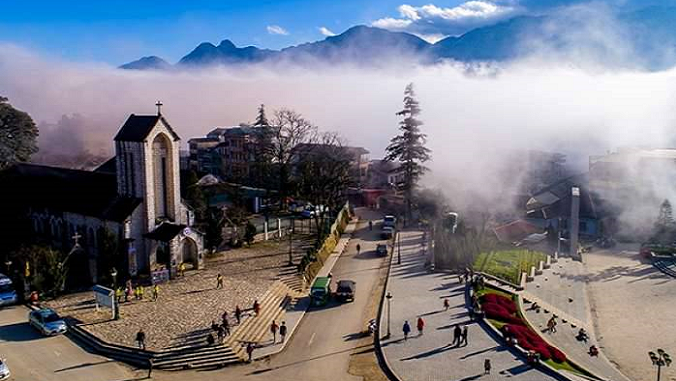
Why Sapa is a Top Attraction in Nothern Vietnam
Located in the mountains of northern Vietnam, Sapa is a place that promises both natural beauty and cultural richness. Besides, at an elevation of over 1,500 meters above sea level, Sa Pa enjoys a cool climate year-round, making it an ideal destination for relaxation and escaping the heat.
Natural Beauty of Sapa
Known for its breathtaking terraced rice fields, mist-covered valleys, and towering Fansipan Mountain - the highest peak in Indochina, Sapa offers travellers a serene escape from the bustle of Hanoi.
Sapa terraced rice fields
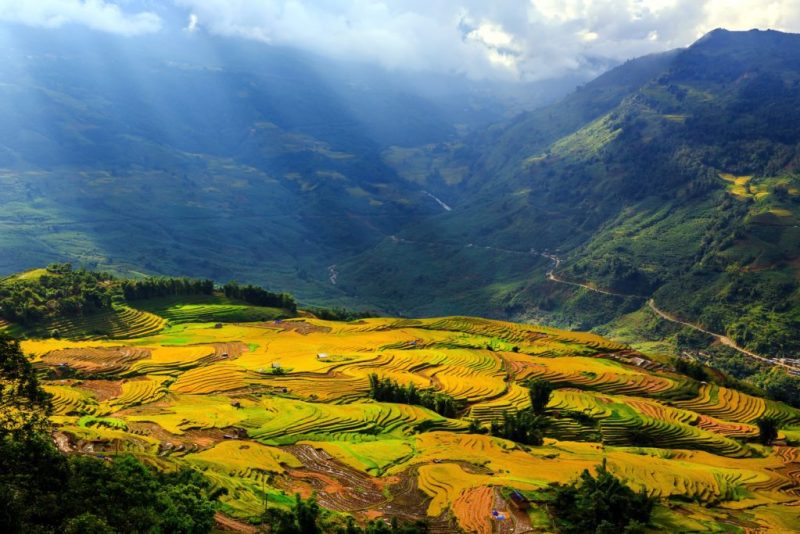
One of Sa Pa's most iconic symbols is the terraced fields. Created by the skilful hands of the H'Mong, Dao, and Tay ethnic groups, these fields resemble stunning paintings stretching across the mountain slopes.
- Golden rice season: When autumn arrives, the terraced fields are dressed in a golden hue, creating a romantic and poetic scene.
- Water season: In spring, water is brought into the fields, turning them into mirrors that reflect the bright blue sky.
Fansipan Peak
Fansipan Peak, often referred to as the "Roof of Indochina," is the highest mountain in Vietnam and the entire Indochina Peninsula, standing tall at 3,147 meters (10,326 feet). Located in the Hoang Lien Son Range near Sapa, Fansipan is a popular destination for both adventure seekers and nature lovers.

Tourists visiting Fansipan can either embark on a challenging trekking journey through lush forests, bamboo groves, and mountain streams or take a more leisurely route by riding the scenic cable car, which offers breathtaking views of the surrounding valleys and terraced rice fields. At the summit, visitors are rewarded with panoramic views of the surrounding mountains and the cloud-covered landscapes, making it a must-visit for anyone exploring northern Vietnam.
Cultural Beauty of Sapa
Ethnic minorities
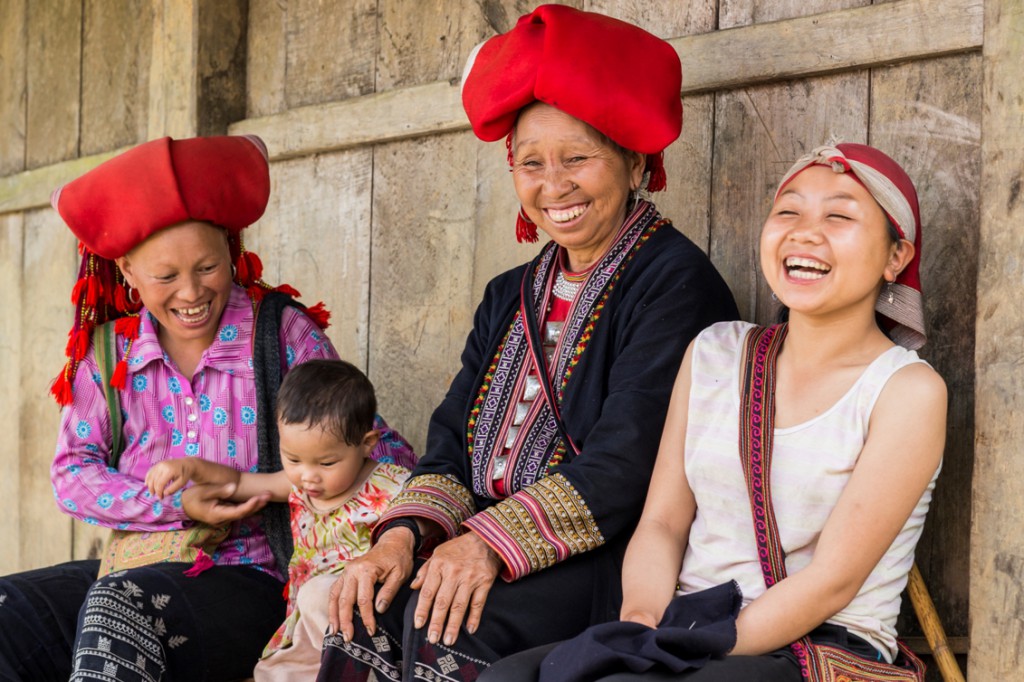
Sa Pa is home to many ethnic minority groups, such as the H'Mong, Dao, Tay, and others. Each group has its own unique cultural traits, reflected in their clothing, housing, festivals, and handicrafts.
Local Villages
Visitors can explore local villages like Ta Van, Lao Chai, and Ta Phin, where they’ll experience vibrant cultures firsthand, colourful traditional clothing, homes made of wood and bamboo, and the warm hospitality of the local people.

In addition, the ethnic markets, such as the famous Sunday Market in Bac Ha, offer a lively glimpse into their daily lives, where locals sell handwoven textiles, fresh produce, and intricate silver jewellery. Traditional music, dance performances, and local festivals.
Best Time to Visit Sapa
The best times to visit Sapa are during spring (March to May) and autumn (September to November), when the weather is mild, the landscapes are at the most beautiful, and outdoor activities like trekking and exploring the local culture are most enjoyable.
However, each season offers charm, so the choice depends on the experience you’re looking for.
Sapa in Spring (March to May)
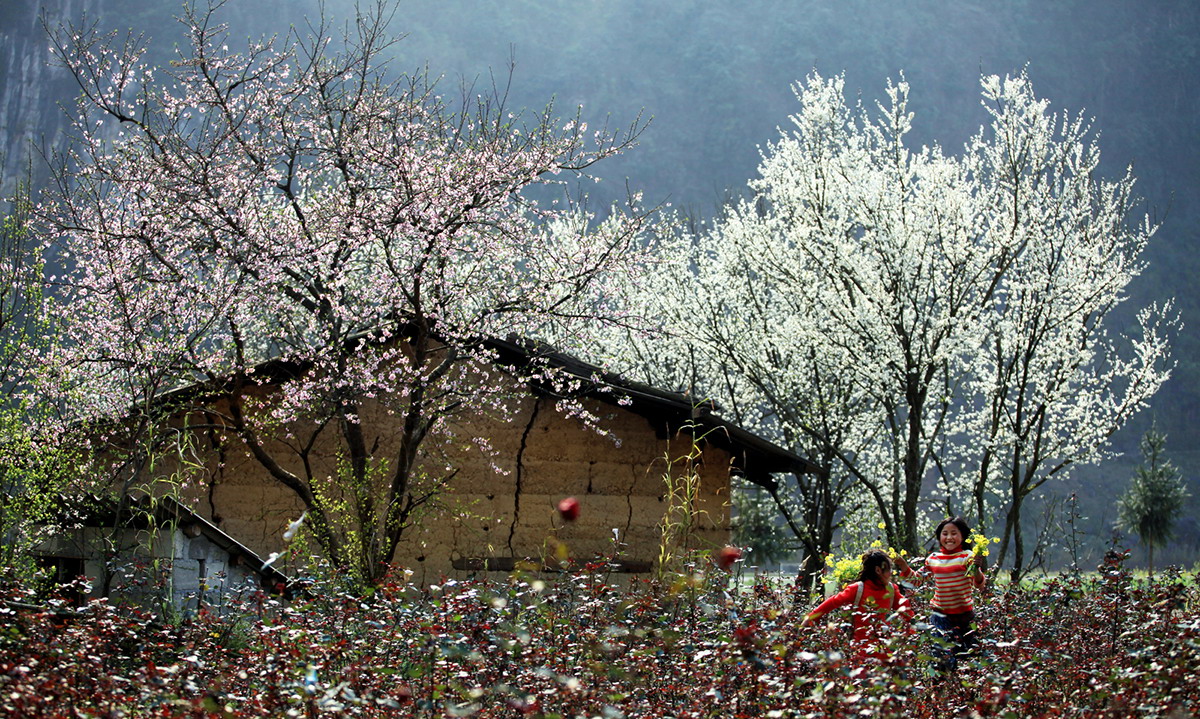
Spring is one of the best times to visit Sapa, offering clear skies, pleasant temperatures (ranging from 15°C to 25°C), and blooming flowers. The terraced rice fields are lush green, while peach blossoms and plum trees fill the region with vibrant colours.
This period is perfect for trekking and exploring the local villages, as the trails are dry and the weather is comfortable.
Sapa in Summer (June to August)
Though summer in Sapa brings warm temperatures (up to 30°C), it’s also the rainy season, with frequent afternoon showers. However, if you’re willing to embrace the rain, you’ll be rewarded with breathtaking views of the terraced fields at their peak.

This is when the rice paddies are filled with water and glow in deep green, creating one of the most photogenic landscapes. Just be prepared for wet conditions and possible landslides on some trekking routes.
Sapa in Autumn (September to November)
Autumn is another excellent time to visit Sapa. From late September to mid-November, the weather is cool and dry, and the terraced fields turn golden as the rice is harvested.
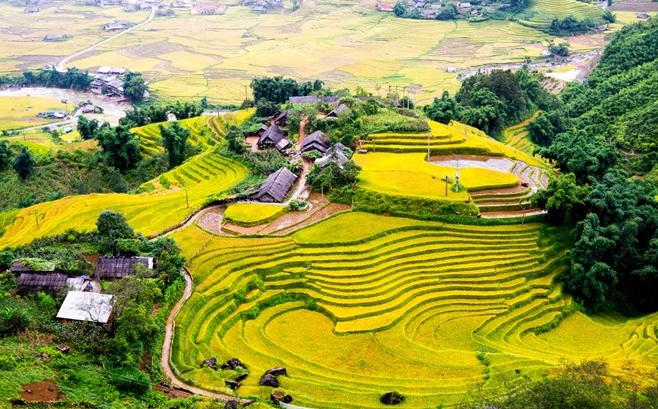
The golden fields contrast beautifully with the deep green mountains, offering a stunning visual experience. With mild weather and clear views, this is an ideal time for trekking, climbing Fansipan, or visiting the local markets.
Sapa in Winter (December to February)
Winter in Sapa is cold, with temperatures dropping to as low as 0°C, especially at night. Occasionally, Sapa even experiences snowfall, turning the landscape into a winter wonderland.
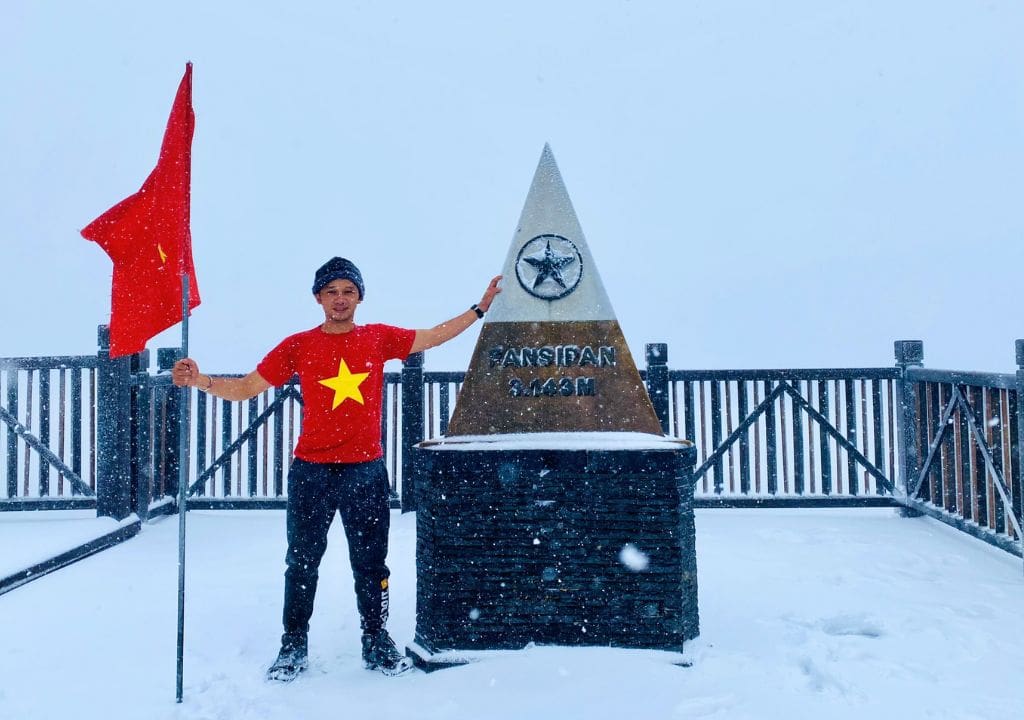
While this might not be the best time for outdoor activities like trekking, it’s a unique experience for visitors who want to see snow in Vietnam. If you plan to visit during this season, bring warm clothing and enjoy the cosy atmosphere of local homestays or explore the villages and cultural sites.
How to Get from Hanoi to Sapa
Getting from Hanoi to Sapa is quite straightforward, with several transportation options available.
1. Hanoi to Sapa By Train
One of the most popular and comfortable options is to take the overnight sleeper train from Hanoi to Lao Cai, the nearest station to Sapa (around 40 km away). The journey takes about 8-9 hours, and upon arrival in Lao Cai, you can take a bus or taxi to Sapa (a 1-hour scenic drive).
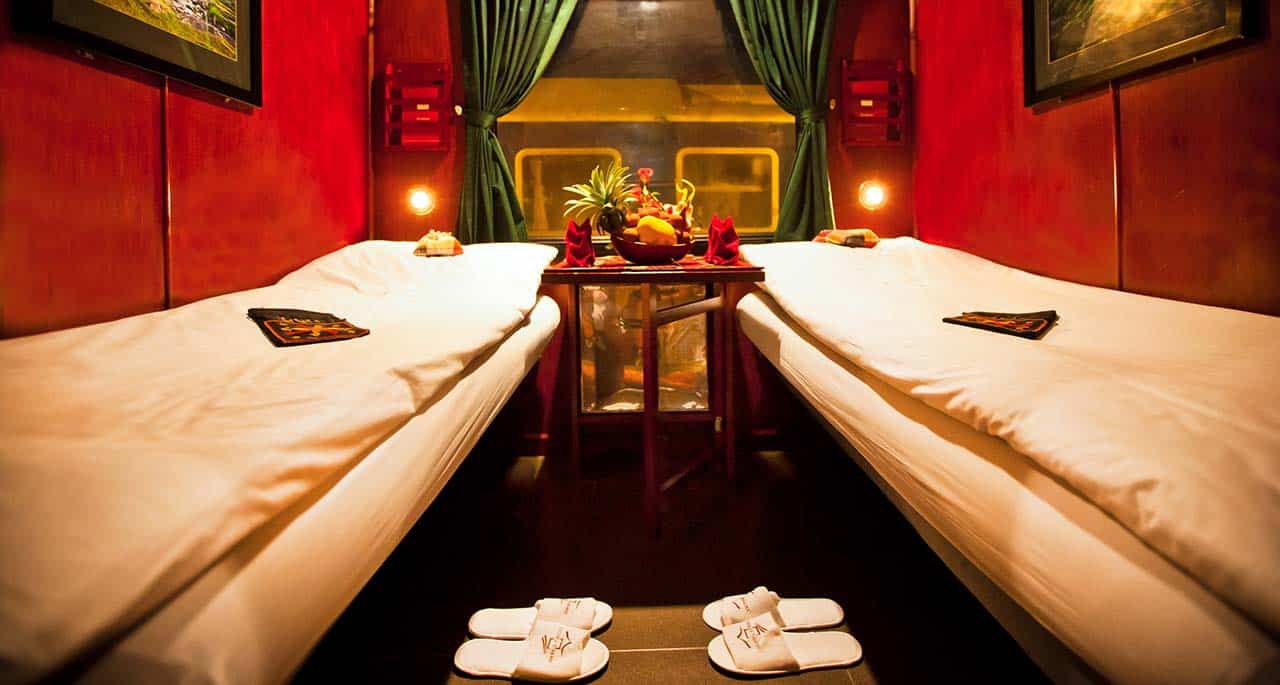
Vietnam Railways offers regular services, but there are also private sleeper trains like Sapaly, Victoria Express, and Livitrans, offering more luxurious cabins with better amenities.
Prices vary depending on the class of the train, typically ranging from $15 to $40 one way.
2. Hanoi to Sapa By Bus
Direct sleeper buses from Hanoi to Sapa are an affordable option. The journey takes about 6-7 hours, and buses often run overnight, allowing you to sleep during the trip and arrive in Sapa in the morning.
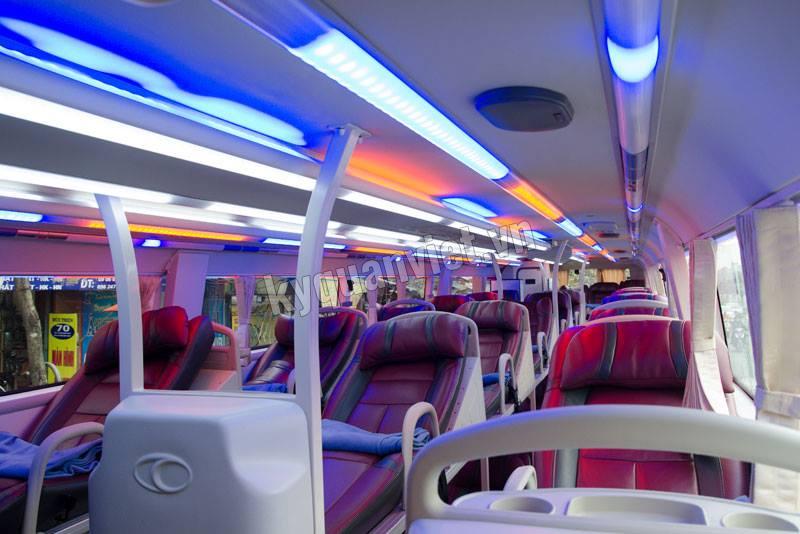
These buses offer reclining seats or flatbeds, and most come equipped with air conditioning, blankets, and sometimes Wi-Fi. The cost is typically between $12 and $20 one way.
3. Hanoi to Sapa By Car/Private Transfer
If you prefer flexibility, you can hire a private car or van from Hanoi to Sapa. This option is faster, taking about 5-6 hours depending on traffic, and allows for stops along the way to enjoy the scenery.

This is the most comfortable way to travel, especially for families or groups. The route passes through beautiful landscapes, including mountains and valleys.
Prices range from $100 to $150 for a one-way trip.
Top Things to Do in Sapa
Trekking Through Rice Terraces
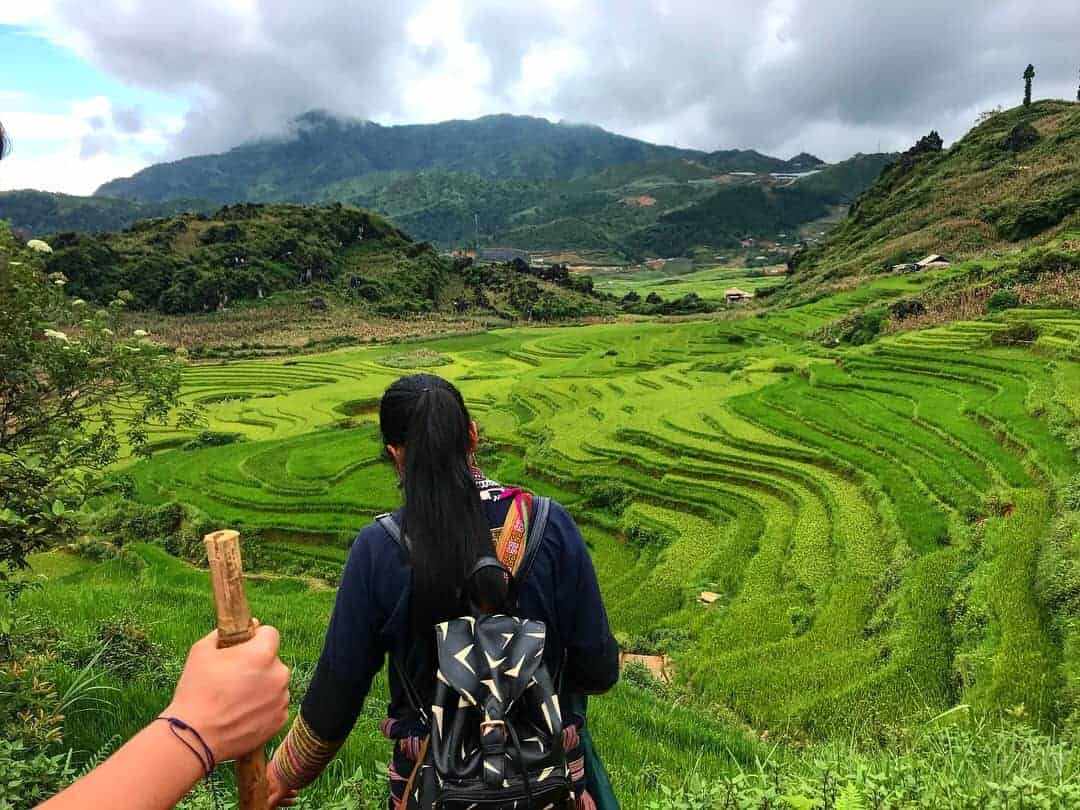
Sapa is famous for its breathtaking terraced rice fields, especially in Muong Hoa Valley and around Ta Van and Lao Chai villages. Trekking through these terraces offers a unique opportunity to experience the rural life of the ethnic minorities, stunning mountain views, and the peaceful countryside.
Reach Fansipan Peak
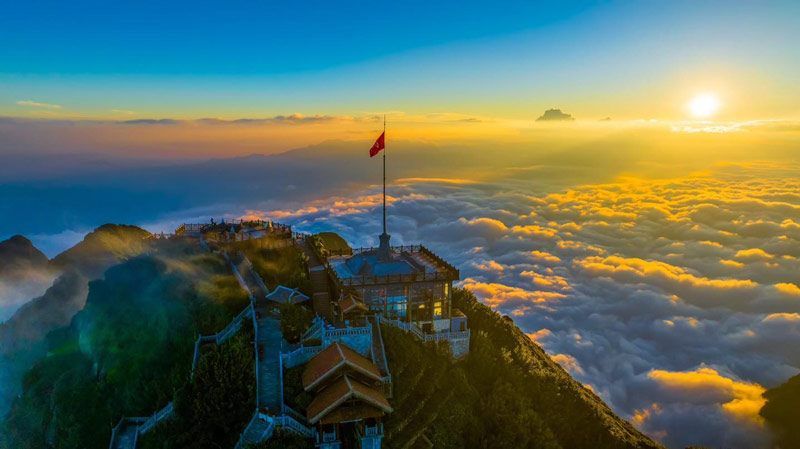
Fansipan Peak, the highest mountain in Vietnam and known as the “Roof of Indochina,” is a must-visit for adventurers. You can either hike to the summit or take the modern cable car, which takes you near the top in just 15 minutes. Once at the peak, enjoy panoramic views of the surrounding mountain ranges and lush valleys. The summit area also has pagodas and statues to explore.
Explore Cat Cat Village
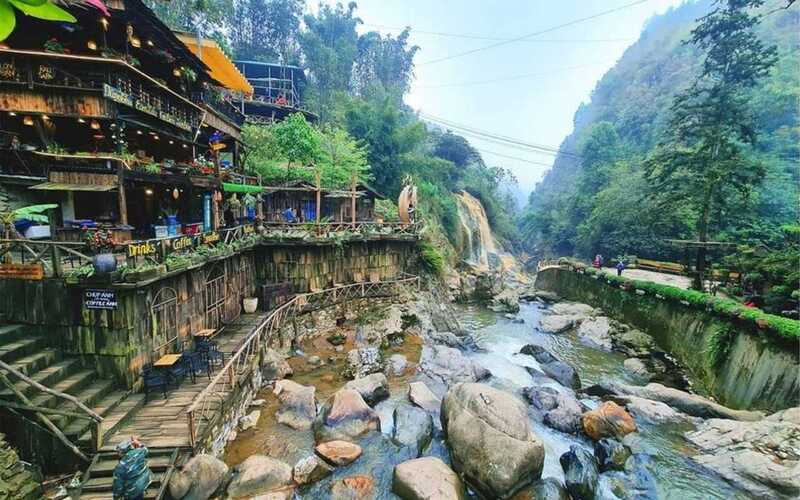
Located just 2 km from Sapa town, Cat Cat is a traditional Hmong village known for its great scenery and preserved cultural practices. You can stroll through the village to see traditional wooden houses, terraced fields, and local craft shops.
There’s also a lovely waterfall nearby and a hydroelectric station built by the French in the early 20th century.
Experience Local Culture in Ethnic Villages
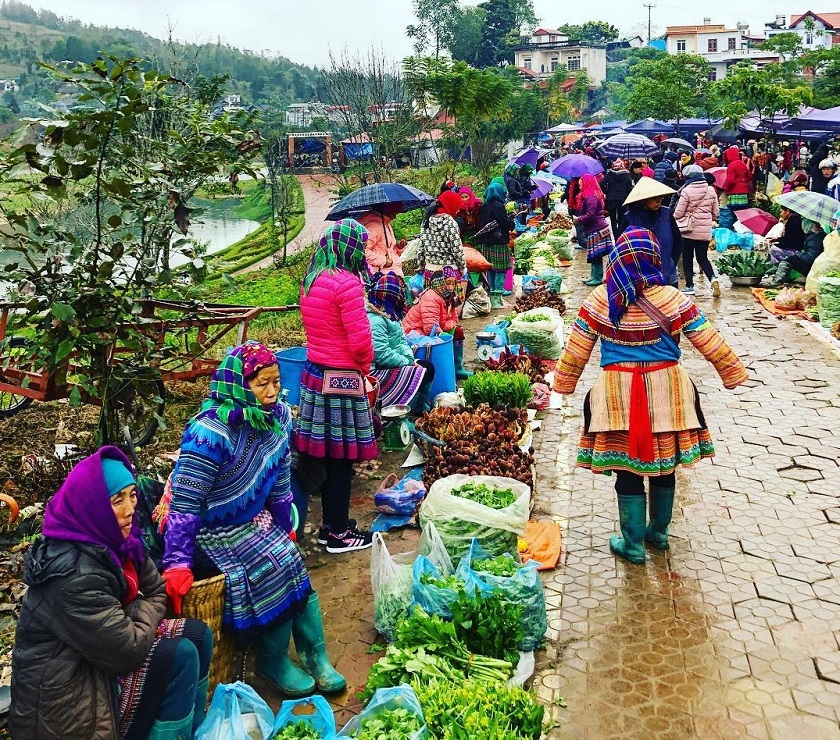
Sapa is home to several ethnic minorities, including the Hmong, Red Dao, and Tay. Visiting villages like Ta Phin, Ban Ho, or Sin Chai allows you to experience the unique culture, customs, and traditional clothing of these communities. You can also participate in homestays for an immersive experience, enjoying local meals and learning about traditional lifestyles.
Visit O Quy Ho Pass in Sapa
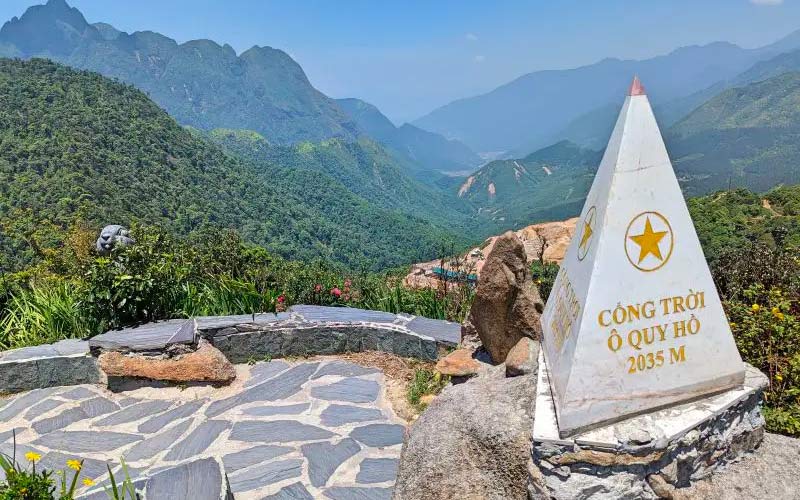
O Quy Ho Pass is one of the longest and most spectacular mountain passes in Vietnam. It offers breathtaking views of the mountains and valleys below, especially at sunset. The pass is often covered in mist, giving it a mystical atmosphere. For photographers and nature lovers, this spot is a dream location.
Discover Silver Waterfall
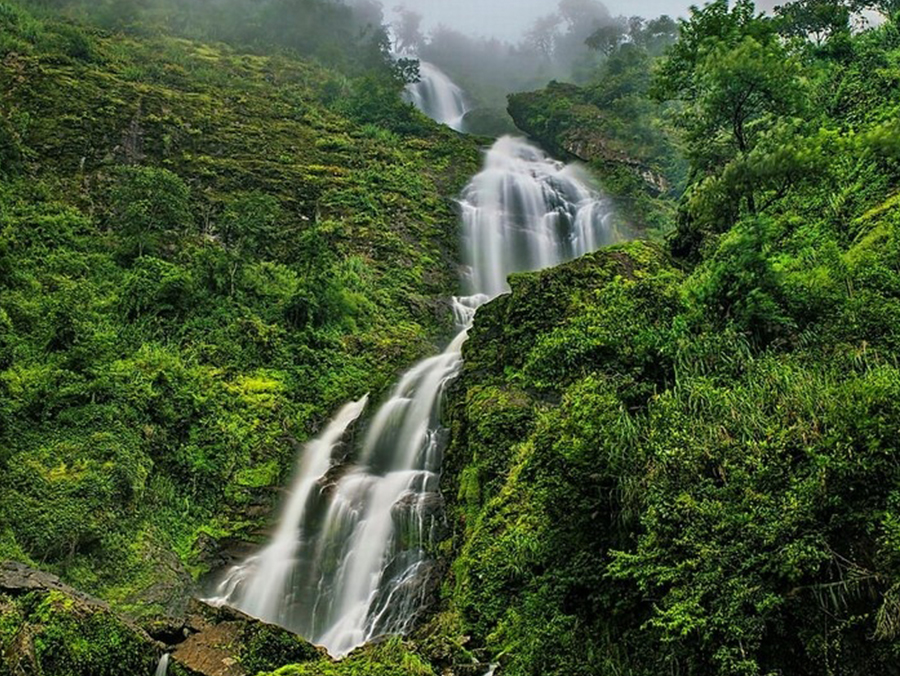
About 12 km from Sapa town, Silver Waterfall is a beautiful natural attraction where water cascades down from a height of around 200 meters. It’s a popular spot to visit for a short hike and to enjoy the refreshing sound of rushing water. The cool atmosphere and picturesque views make it an ideal place to relax and take photos.
Visit Sapa Market
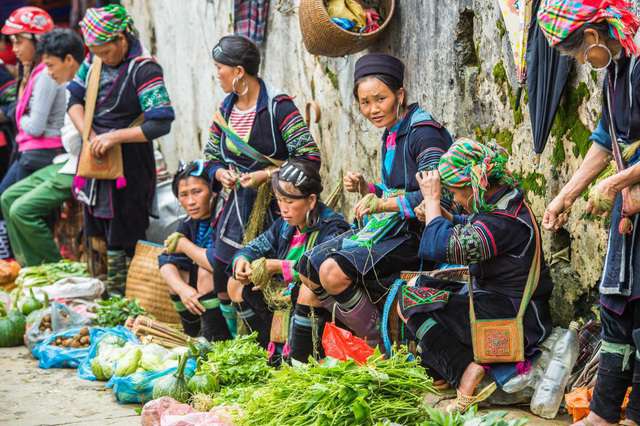
The local market in Sapa town is an excellent place to experience the daily life of ethnic minority groups. You’ll find colourful handicrafts, traditional clothing, and local produce. On weekends, the market is livelier, with people from surrounding villages coming to trade their goods. It’s also a great place to buy souvenirs such as hand-woven textiles, silver jewellery, and herbal medicines.
Enjoy Sapa’s French Colonial Architecture
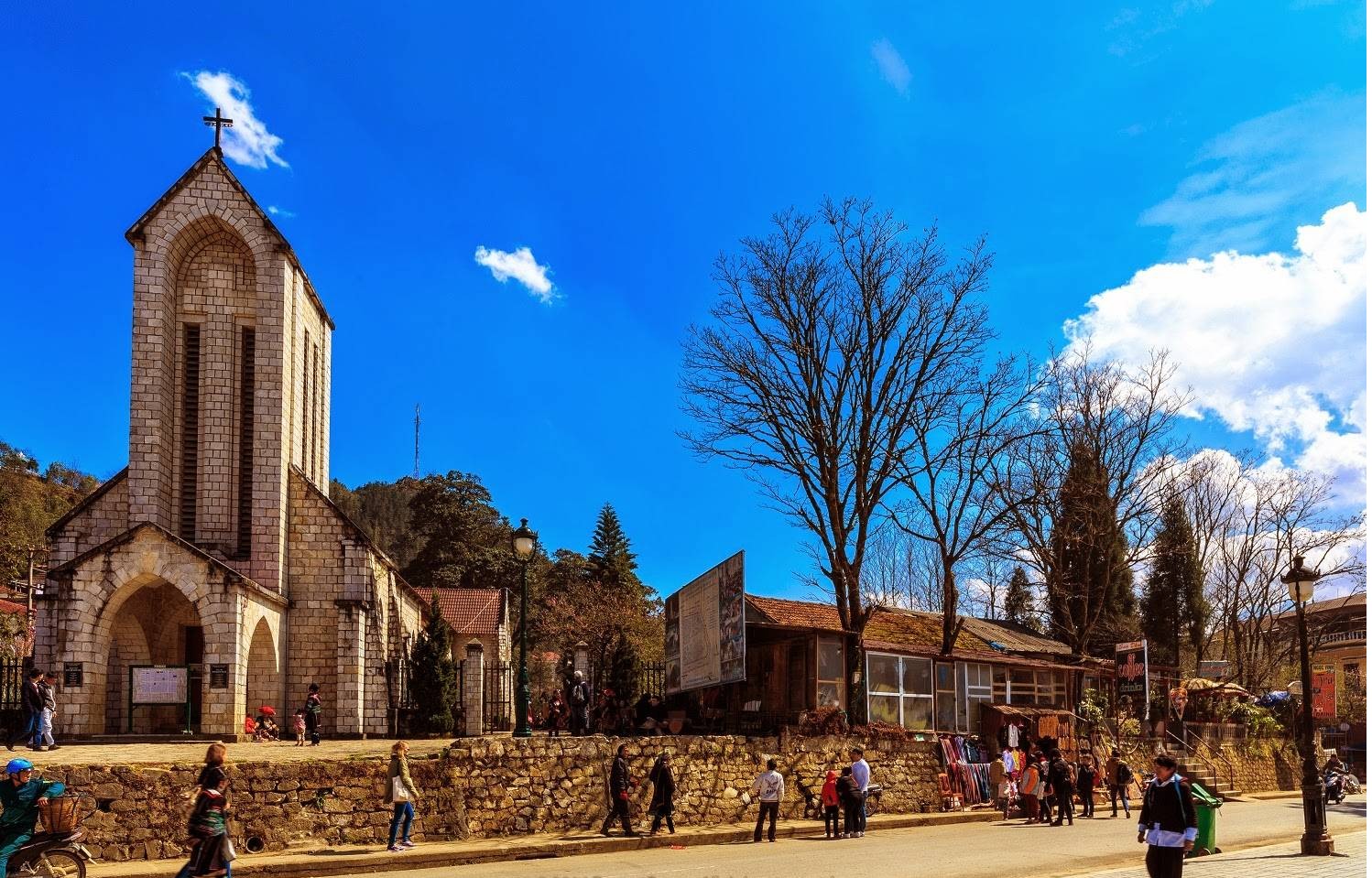
Sapa was once a hill station built by the French, and traces of French colonial architecture can still be seen around town. The Notre Dame Cathedral of Sapa (Sapa Stone Church), located in the town centre, is an iconic landmark and a reminder of the town's colonial past. The surrounding streets also have quaint French-style villas and gardens.
Try Sapa Local Cuisine
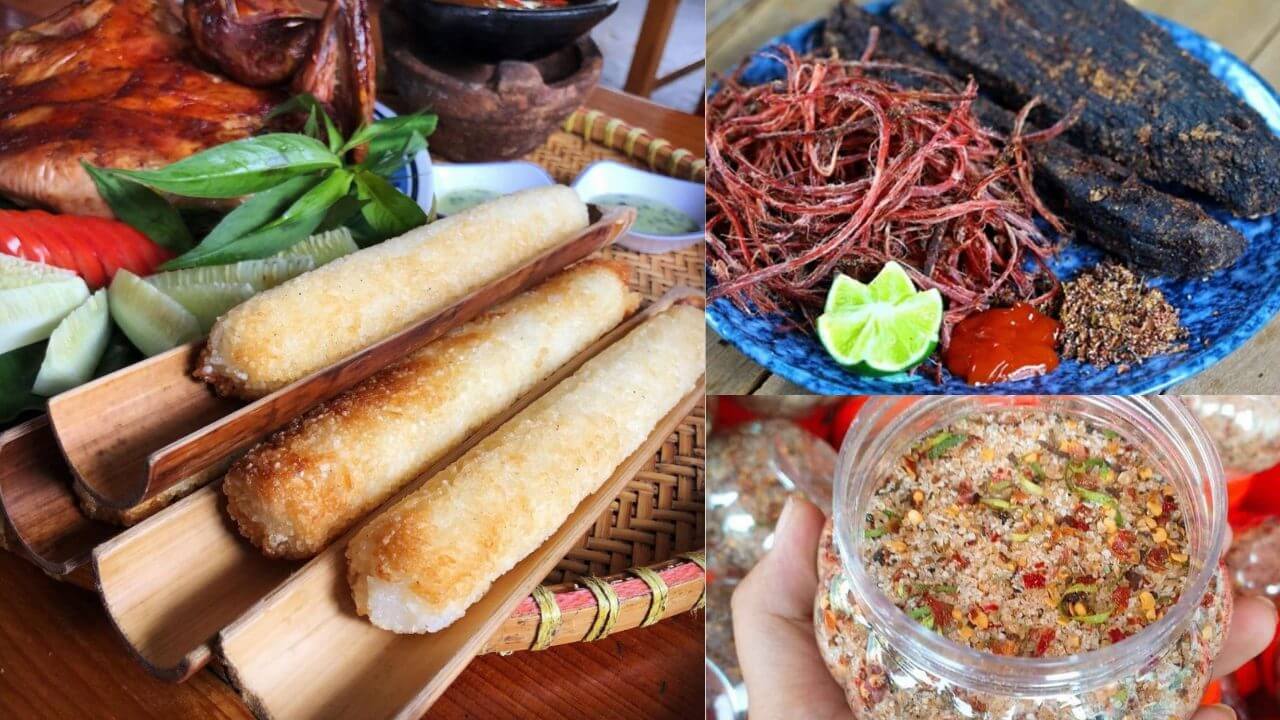
Don’t miss out on Sapa’s local food. Some specialities include traditional Hmong soup, grilled meats, sticky rice cooked in bamboo (com lam), and fresh salmon or sturgeon hotpot. After a day of trekking, a warm bowl of pho or a delicious hotpot meal is the perfect way to relax and enjoy Sapa’s cool weather.
CHECK OUR SAPA TOUR HERE:
Sapa Tour: 2 Days, 1 Night by Early Morning Bus (Cat Cat - Lao Chai - Ta Van)

In conclusion, Sapa is one of the top attractions in Northern Vietnam, offering a unique blend of natural beauty and cultural richness. Travelling from Hanoi to Sapa is easy, and there are various transportation options. Whether you're exploring the famous Sapa terraced rice fields, trekking to the summit of Fansipan Peak, or visiting ethnic villages, Sapa promises unforgettable adventures.
For first-time visitors, make sure to plan your trip during the best seasons for trekking and cultural exploration, as highlighted in our Sapa travel tips. With its cool climate, breathtaking landscapes, and vibrant local culture, Sapa is a must-visit destination for those seeking both relaxation and adventure in Vietnam.
You might read: Ninh Binh vs. Sapa – A Comprehensive Comparison
